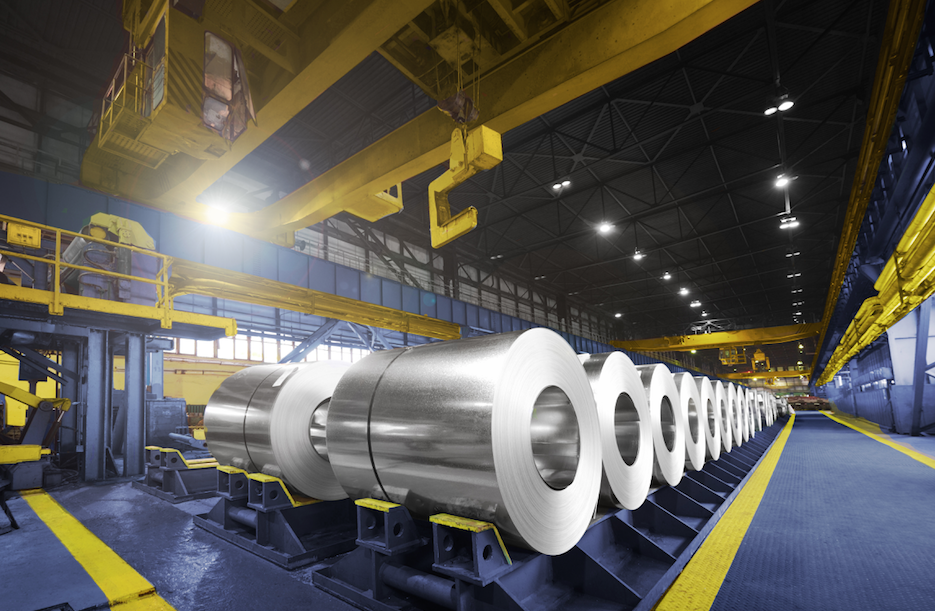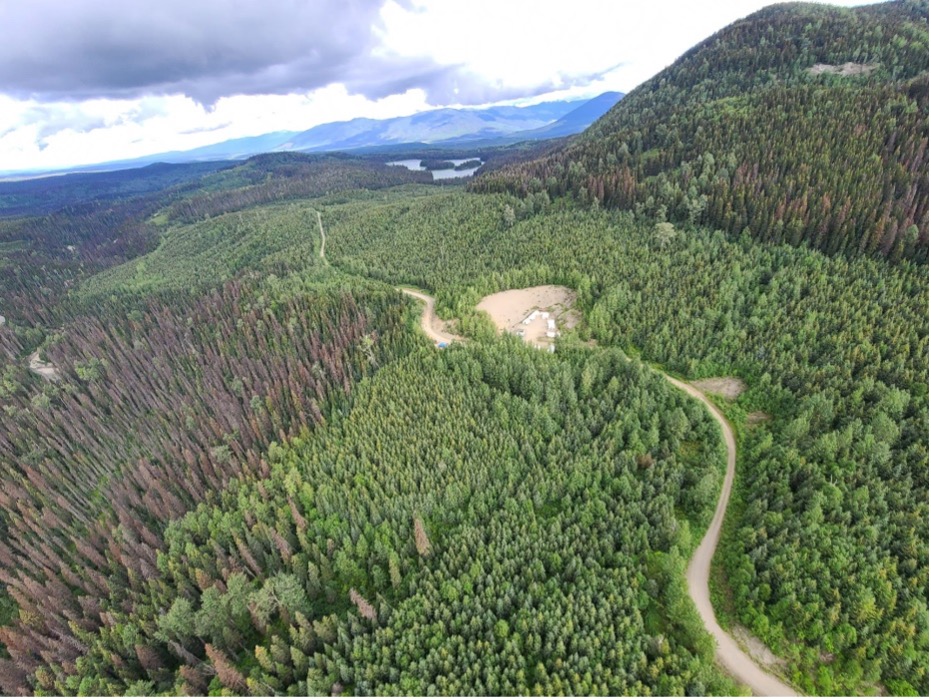China aluminum sector must shut inefficient coal power to meet climate goals – report

China’s aluminum sector must shut dedicated power capacity equivalent to more than Germany’s entire coal fleet over the next decade to keep Beijing on track to meet its carbon pledges, climate think tank Ember says.
China accounts for more than half of global aluminum production, churning out 37 million tonnes in 2020. President Xi Jinping has vowed China will achieve peak emissions by 2030 and carbon neutrality before 2060.
Ember, in a report to be published on Monday, says China’s record aluminum output last year emitted more C02 than some entire countries, including Indonesia and Brazil.
China will need to shut around 47 gigawatts of inefficient, subcritical coal power capacity dedicated for aluminum over the next 10 years or so if it wants to be carbon-neutral by mid-century, the report’s author, Muyi Yang, told Reuters.
Germany’s total coal power capacity is 42 GW.
Chinese aluminum makers have long relied on off-grid “captive” power plants for the energy-intensive smelting process, with self-generating units accounting for around 65% of the electricity they use, according to Yang.
But they are being pushed by the government to use cleaner electricity sources and join China’s long-awaited emissions trading scheme in a low-carbon aluminum drive.
Recent years have seen a significant migration of aluminum capacity to southwest China’s Yunnan province, which has abundant hydropower resources.
But “more action is still required,” said Yang, a senior electricity policy analyst at Ember. “The magnitude of the challenge is massive.”
Smelters should use cleaner electricity if available but can also look to improve production efficiency and do better aluminum recycling, he said, adding China should encourage more efficient use of aluminum across its economy.
Over 45% of China’s inefficient captive coal capacity is in the smelting heartland of Shandong province, Ember says, with more than a third of it, or 17 GW, belonging to top private-sector producer China Hongqiao Group.
Hongqiao, one of the smelters that has moved capacity to Yunnan, did not immediately respond to a request for comment.
(By Tom Daly; Editing by Susan Fenton)
{{ commodity.name }}
{{ post.title }}
{{ post.date }}


Comments